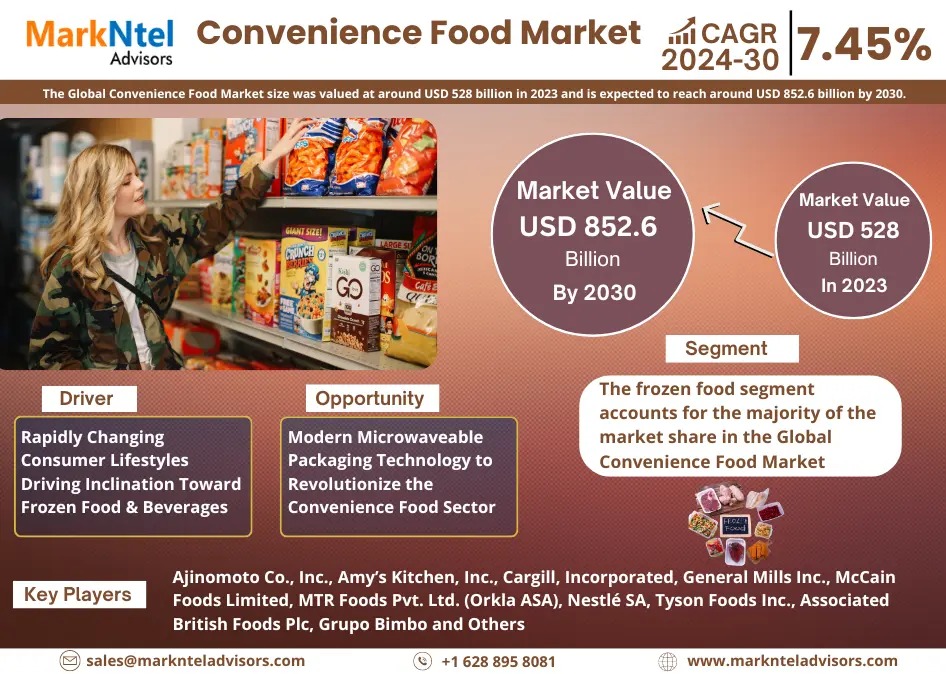
In today’s evolving business landscape, transparency is no longer optional—it is a prerequisite for trust, credibility, and long-term viability. Environmental, Social, and Governance (ESG) performance has become a defining metric for investors, regulators, and stakeholders alike. With mounting pressure for corporations to report on their ESG initiatives comprehensively and credibly, the need for robust esg reporting tools has never been more critical. These tools enable organizations to not only measure and monitor their sustainability metrics but also to ensure the accuracy and consistency of their disclosures.
As global regulatory frameworks tighten and sustainability expectations rise, businesses are navigating an increasingly complex ecosystem of reporting standards and stakeholder demands. Gone are the days when ESG reporting was confined to aspirational statements in a company’s CSR report. Today, firms are expected to provide verifiable, data-driven insights into how they manage environmental impact, social responsibility, and governance risks. ESG reporting tools have emerged as indispensable allies in this pursuit, equipping organizations with the technological capability to streamline data collection, align with global frameworks, and deliver transparent disclosures.
At the heart of accurate ESG disclosures lies data integrity. Manual data tracking through spreadsheets and emails can no longer support the rigorous demands of contemporary sustainability reporting. ESG reporting tools automate data aggregation from multiple sources, allowing businesses to centralize their sustainability information in real time. This centralization significantly reduces human error and ensures that data across departments, regions, and operations is both harmonized and auditable. Whether it’s tracking carbon emissions, labor practices, or board diversity, these platforms enable businesses to create a single source of truth that can withstand external scrutiny.
Moreover, esg reporting tools support alignment with prominent sustainability frameworks such as the Global Reporting Initiative (GRI), Sustainability Accounting Standards Board (SASB), and the Task Force on Climate-related Financial Disclosures (TCFD). By offering built-in templates and automated tagging systems, these platforms help users map their sustainability data directly to required metrics and disclosure formats. This not only saves time but also enhances the consistency and comparability of reports—qualities that are invaluable to investors and rating agencies evaluating ESG performance.
The adaptability of modern esg reporting tools makes them highly suitable for organizations at various stages of their sustainability journey. For companies just beginning to formalize their ESG strategy, these tools provide guided workflows and pre-built dashboards that simplify the reporting process. For more mature organizations, advanced analytics, customizable KPIs, and scenario modeling capabilities allow for deeper insights into performance trends and risk exposure. This level of flexibility ensures that ESG reporting evolves alongside an organization’s sustainability maturity.
In addition to meeting regulatory requirements, accurate ESG disclosures can confer competitive advantages. Companies that are perceived as transparent and proactive in addressing environmental and social risks tend to enjoy enhanced reputations, increased investor confidence, and stronger stakeholder relationships. By leveraging esg reporting tools, businesses can demonstrate their commitment to responsible practices with clarity and credibility. This can prove instrumental in attracting ESG-conscious investors, partners, and consumers who increasingly align their decisions with sustainable values.
An often-overlooked benefit of esg reporting tools is their role in strategic decision-making. Through advanced data visualization and predictive analytics, these platforms transform raw ESG data into actionable insights. Executives can use this information to identify areas of improvement, set realistic sustainability targets, and allocate resources effectively. In this way, ESG reporting becomes more than a compliance exercise—it becomes a catalyst for operational improvement and value creation.
The integration of artificial intelligence and machine learning into esg reporting tools further enhances their utility. These technologies can detect anomalies, flag inconsistencies, and even suggest corrective actions, making the reporting process more intuitive and reliable. Natural language generation capabilities can also assist in drafting narrative reports, ensuring that disclosures are both data-rich and linguistically aligned with reporting standards. As ESG regulations continue to evolve, such intelligent features will play a vital role in keeping organizations agile and informed.
It’s also worth noting the growing importance of auditability in ESG disclosures. With regulators and investors demanding greater assurance around reported data, esg reporting tools provide built-in audit trails that capture data lineage and document every change. This traceability ensures that all ESG claims can be substantiated, thereby minimizing the risk of greenwashing allegations and enhancing stakeholder trust.
Furthermore, as supply chain transparency becomes a critical aspect of ESG performance, modern reporting platforms are expanding to incorporate third-party data integration. This means organizations can assess not only their own sustainability performance but also that of their suppliers and partners. By using esg reporting tools with extended data capabilities, companies can build a more holistic and accountable ESG narrative that encompasses their entire value chain.
In an era of digital transformation, the convergence of sustainability and technology presents both a challenge and an opportunity. Accurate ESG disclosures are no longer a distant ideal—they are an operational necessity. By investing in the right esg reporting tools, organizations can confidently navigate the complexities of sustainability reporting, meet stakeholder expectations, and drive meaningful change.

In conclusion, the precision, scalability, and intelligence offered by esg reporting tools are transforming how companies approach sustainability disclosures. These tools not only streamline data collection and reporting but also elevate the quality, credibility, and strategic value of ESG communications. As scrutiny around environmental and social performance intensifies, businesses that embrace accurate and transparent reporting will be better positioned to lead in a purpose-driven economy. Harnessing the full potential of esg reporting tools is not just a step forward—it is a decisive move toward building a resilient, responsible, and future-ready enterprise.





